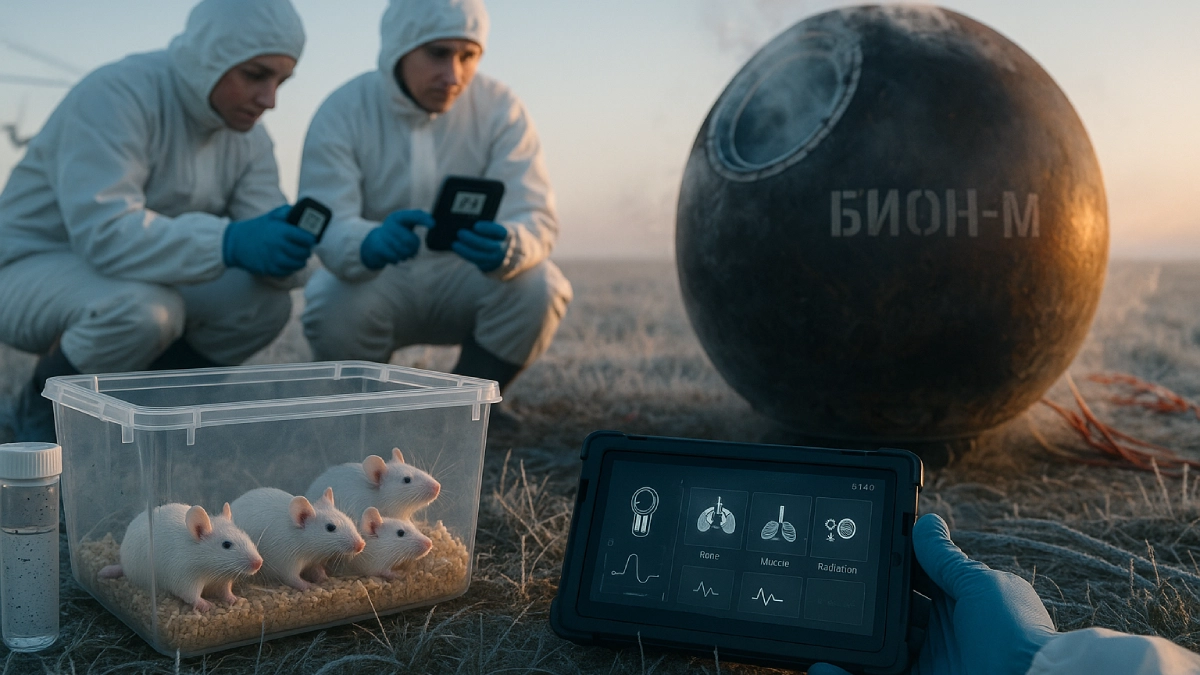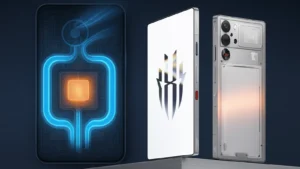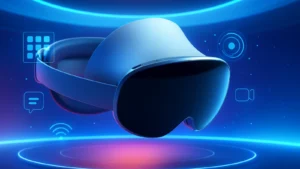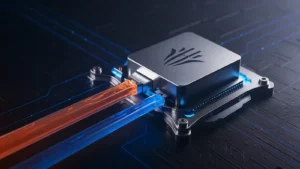Russia’s Bion‑M No. 2 biosatellite—nicknamed “Noah’s Ark” for flying 75 mice, over 1,500 flies, and a mix of microbes, seeds, and cell cultures—returned after 30 days in orbit, and the real story isn’t the spectacle; it’s the systems engineering of life itself for deep‑space missions. The mission’s purpose was to measure how microgravity and radiation ripple through organisms and ecosystems, generating data and countermeasures to keep humans healthy on months‑to‑years‑long expeditions.
The mission at a glance
- Payload included 75 mice, more than 1,500 flies, cell cultures, microorganisms, and plant seeds across dozens of experiments.
- A high‑inclination orbit was used to increase radiation exposure compared with station‑like orbits.
- The capsule landed on Russian territory with rapid on‑site triage, including fly motor tests, before moving animals and samples to labs.
- Follow‑on analyses will examine nervous system, physiological, and genetic effects across tissues and species.
Why flies and mice, together
The “Ark” wasn’t a random menagerie; it’s a layered biological model spanning fast‑cycling invertebrates and mammals that approximate human physiology. Flies deliver rapid neural and motor readouts and enable high‑throughput genetic inference, while mice bridge to human‑relevant outcomes in bone, muscle, immunity, vasculature, microbiome, and radiation injury.
Radiation, microgravity, and stacked stresses
Space health is not a single variable; it’s partial gravity absence, circadian disruption, confinement, fluid shifts, and cosmic radiation acting together. By choosing a radiation‑amplifying orbit and monthlong exposure, the mission observed how these stresses interact across neural, musculoskeletal, and immune axes, guiding combined countermeasures rather than one‑factor fixes.
From organism to operations
- Sensor organisms to signatures: Flies’ landing‑day motor assays serve as rapid diagnostics for neurotoxicity or radiation‑induced neuropathy, flagging molecular pathways to probe in mammalian tissues.
- Mouse cohorts to medical playbooks: Stratified mouse groups enable testing radioprotective drugs, dietary interventions, and genetic susceptibilities, yielding parameters for astronaut care protocols and pre‑mission screening.
- Microbes and seeds to closed‑loop habitats: Microorganisms and plant seeds inform bioregenerative life support—air revitalization, wastewater processing, and food crops—under radiation‑altered metabolism and microgravity growth constraints.
Why a free‑flying biosatellite, not a station
A dedicated platform lets mission designers control trajectory, shielding, and payload placement, achieving radiation spectra and operational flexibility closer to deep‑space conditions. It also isolates biology from station operations, producing cleaner dose‑response datasets for habitat materials, shielding strategies, and life‑support design beyond low Earth orbit.
Engineering lessons and second‑order effects
- Shielding tradeoffs: Tissue‑equivalent dosimetry paired with organism outcomes helps decide where mass is best spent—water walls, polyethylene liners, cargo placement, or storm shelters—to minimize harmful secondary particles.
- Habitat geometry: Differential outcomes by cage location and micro‑environment inform how to lay out crew quarters, exercise zones, and plant modules to reduce radiation hot spots and optimize lighting and airflow for circadian stability.
- Operations tempo: Observed rates of neuro‑motor and immune change set cadence for in‑mission diagnostics—when to test, supplement, or adjust workload—to prevent performance cliffs on long sorties.
Astrobiology and the exterior “meteorite” test
A notable experiment fastened microbe‑laden rock to the capsule exterior to endure reentry heating, probing survival under lithopanspermia‑like conditions. The result informs planetary protection policies and origin‑of‑life debates and, pragmatically, sets decontamination and materials standards for sample‑return and surface missions.
Why this returns now
With agencies planning multi‑month lunar stays and Mars transits, datasets must move from single‑stress to coupled‑stress, multi‑species evidence that supports integrated countermeasures. A month in a radiation‑amplifying orbit generates cross‑scale evidence—molecular to behavioral—that feeds medical certification, vehicle mass budgets, and life‑support architecture decisions for the next mission cycles.
What to watch next
Early notes emphasize quick motor assessments in flies and staged lab analyses for mice and tissues, indicating triage of nervous system endpoints before deeper omics and histology. Expect readouts on bone mineral density loss, muscle fiber shifts, immune gene regulation, endothelial function, microbiome changes, and neural markers mapped against location and shielding.
The bigger picture
The Ark’s value is not the spectacle of animals in orbit; it is the calibration of a living supply chain—shielding materials, radioprotective drugs, diet, microbial consortia, crop selection, diagnostics, and crew schedules—so a future habitat works as a coordinated whole. In systems terms, the mission reduces uncertainty across interconnected subsystems, enabling safer, lighter, and more resilient designs for sustained human presence beyond low Earth orbit.
Last Updated on October 18, 2025 by Lucy




